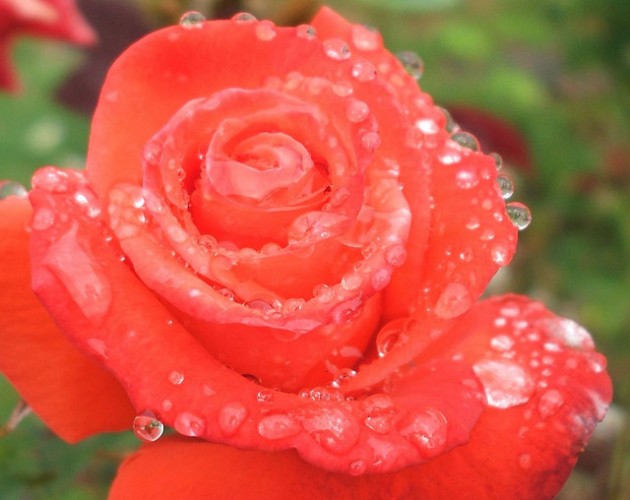 Roses for the longest time have enjoyed the honor of being the most popular flowers in the world. The reason for popularity of the rose flower may be its wide variety in terms of color, size, fragrance and other attributes.
Roses for the longest time have enjoyed the honor of being the most popular flowers in the world. The reason for popularity of the rose flower may be its wide variety in terms of color, size, fragrance and other attributes.
- Kingdom: Plantae
- Division:Magnoliophyta
- Class:Magnoliopsida
- Order:Rosales
- Family:Rosaceae
- Subfamily:Rosoideae
- Genus:Rosa
The rose has been a symbol of love, beauty, even war and politics from way back in time. The variety, colour and even number of Roses carry symbolic meanings. The Rose is most popularly known as the flower of love, particularly Red Rose.
Roses have been the most popular choice of flowers for the purpose of gifting across the world. They also act as a great addition to home and office decor. A bunch of roses or even a single rose works wonders aesthetically and considerably enlivens a place. Besides fresh cut roses, artificial flowers like silk roses in different colors are also widely used as decoration.
Some Interesting Facts About Roses
- The birthplace of the cultivated Rose was probably Northern Persia, on the Caspian, or Faristan on the Gulf of Persia.
- Historically, the oldest Rose fossils have been found in Colorado, dating back to more than 35 million years ago.
- Roses were considered the most sacred flowers in ancient Egypt and were used as offerings for the Goddess Isis. Roses have also been found in Egyptian tombs, where they were formed into funeral wreaths.
- Confucius, 551 BC to 479 BC, reported that the Imperial Chinese library had many books on Roses.
- Ancient Sumerians of Mesopotamia (in the Tigris-Euphrates River Valley) mentioned Roses in a cuneiform tablet (a system of writing) written in approximately 2860 BC.
- The English were already cultivating and hybridizing Roses in the 15th Century when the English War of Roses took place. The winner of the war, Tudor Henry VII, created the Rose of England (Tudor Rose) by crossbreeding other Roses.
- While no Black Rose yet exists, there are some of such a deep Red color as to suggest Black.
- Roses are universal and grown across the world.
- The Netherlands is the world’s leading exporter of Roses.
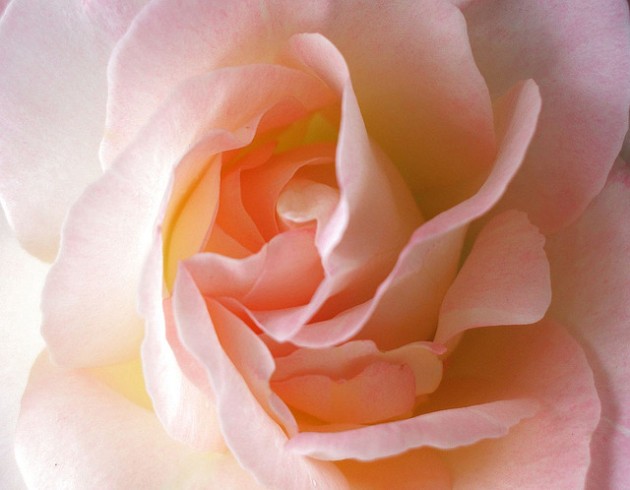
The Netherlands, with about 8000 hectares of land under Rose cultivation, is the global leader in Rose cultivation. 54 per cent (about 5000 hectares) of the cultivated land in
Ecuador is under Rose cultivation!!
Zambia, a small nation, had 80 per cent of its cultivated land under Roses.
Classification of Roses
Broadly, Roses are divided into three classes-
Species Roses
Species Roses are often called Wild Species Roses. Species Roses often have relatively simple, 5-petaled flowers followed by very colorful hips that last well into the winter, providing food for birds and winter color.
The most popular Rose species for sale today is Rosa rugosa owing to its superior hardiness, disease resistance, and extremely easy maintenance. Species roses are widely hybridized. Wild Species Roses include many different varieties. Wild Species Roses usually bloom once in the summer.
Old Garden Roses
Old Garden Roses have a delicate beauty and wonderful perfume, not often found in modern hybrid tea roses. Old Garden Roses are a diverse group from the those with a wonderful fragrance and great winter hardiness to the tender and lovely tea roses, which are best suited for warm climates.
Old Garden Roses comprise a multifaceted group that in general are easy to grow, disease-resistant and winter-hardy. Old Garden Roses grow in several shrub and vine sizes. Although colors do vary, this class of Roses are usually white or pastel in color. These “antique Roses” are generally preferred for lawns and home gardens. Several groupings of Roses classified as Old Garden Roses are China Roses, Tea Roses, Moss Roses, Damask Roses, Bourbon Roses, etc.
Modern Roses
Any Rose identified after 1867, is considered a Modern Rose.
Old Garden Roses are the predecessors of Modern Roses. This group of Roses are very popular. The Modern Rose is the result of crossbreeding the hybrid tea with the polyanthus (a variety of primrose).
The colors of Modern Roses are varied, rich and vibrant. The most popular roses found in the class of Modern Roses are the Hybrid Tea Roses, Floribunda Roses, and Grandiflora Roses. Although Modern Roses are adored by florists and gardeners, they do require proper care, and do not adapt well to colder environments.
Popular Hybrid Varieties of Roses
| Species Involved |
Hybrid Product |
| Hybrid Perpetual Rose and Chinese Tea Rose |
Hybrid Tea Rose |
| Hybrid Perpetual Rose and Australian Brier Rose |
Yellow Permet Rose |
| R. multiflora and R. chinensis |
Hybrid/Dwarf Polyanthas or Poly Pompon roses |
| Hybrid Tea Rose and Floribundas |
Grandifloras |
| R. wichuriana, R. multiflora & Hybrid Tea Rose |
Dorothy Perkins, American Pillar, Excelsa |
| R. canina and R. gallica |
Albas |
| R. phoenica and R. gallica |
Damaskas Rose |
| R. damascena and R. alba |
Centifolia Rose |
| Autumn Damask Rose and China Rose |
Bourbons |
 Growing Roses
Growing Roses
- Roses may be grown in any well-drained soil with optimum sunlight.
- Most Rose varieties are grown by budding on an understock (lower portion of a plant) propagated from seeds or cuttings. Order rose seeds online and let your garden be filled with the marvellous color and fragrance of roses.
- Clay soils, warm temperatures are always preferred, and the rose plants grow best when not set among other plants.
- Cow manure is the preferred fertilizer for Rose cultivation, but other organic fertilizers, especially composts, are also used.
- Rose plants usually require severe pruning, which must be adapted to the intended use of the flowers.
- Trim off all broken and bruised roots on the Rose plant, cut top growth back to 6 to 8 inches.
- Dig planting holes at least 6 inches deeper to accommodate the roots of the Rose plant without crowding or bending.
- Mix 1 tablespoonful of fertilizer with the soil placed over the drainage material.
- Cover this mixture with plain soil, bringing the level to desired planting depth.
- Make a mound in the center to receive the Rose plant.
- Set Rose plant roots over this mound, spread the roots, and fill in with soil.
- Firm the soil tightly 2 or 3 times while filling the hole.
It is extremely easy to buy rose plants online if you do not wish to go to the trouble of actually planting one. They usually come with a care manual and some plant food. An already flowering plant in a lovely container also makes a great gift item. The blooms stay longer and after they fade there is always the next flowering, thus providing the receiver with a lasting and beautiful gift.
Noisette Roses are the only Roses that originated in the United States of America.
Rose Plant Care
- When watering Roses, soak the soil to a depth of 6 to 8 inches, do not merely sprinkle.
- When it comes to fertilizing your roses, Provide a balanced diet to your roses. See what your plant is deficient in and try to include them in the fertilizer. Timing is also an important part to maximize the benefit of your fertilizer so that the nutrients are available to the plant when it needs it most during the active growing and blooming stage.Order your rose fertilizer now to enhance the vigor of blooming in your roses.
- Mulching during the summer will eliminate weeds amonf Rose plants. Mulches should be applied 2 or 3 weeks before the Roses come into bloom.
- Winter mulching with straw, peat moss, or other material is advisable. This mulch regulates the soil temperature and tempers the effects of freezing and thawing on thr Roses.
- Pull soil up around each Rose plant to a height of about 6 inches after the first frost.

Foolproof Guide to Growing Roses by Field Roebuck is a comprehensive book on growing roses ideal for would-be growers who were always afraid of roses, as well as for gardeners who already grow these beautiful flowers and want to learn more.
by Field Roebuck is a comprehensive book on growing roses ideal for would-be growers who were always afraid of roses, as well as for gardeners who already grow these beautiful flowers and want to learn more.
 All sweet pea flower varieties are not fragrant, but the ones that are, live up to their namesake. This particular strain of flowers contains up to 160 species.
All sweet pea flower varieties are not fragrant, but the ones that are, live up to their namesake. This particular strain of flowers contains up to 160 species.
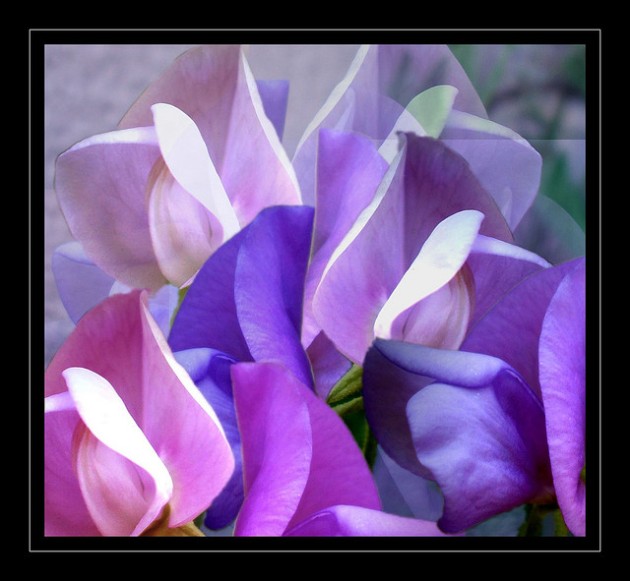
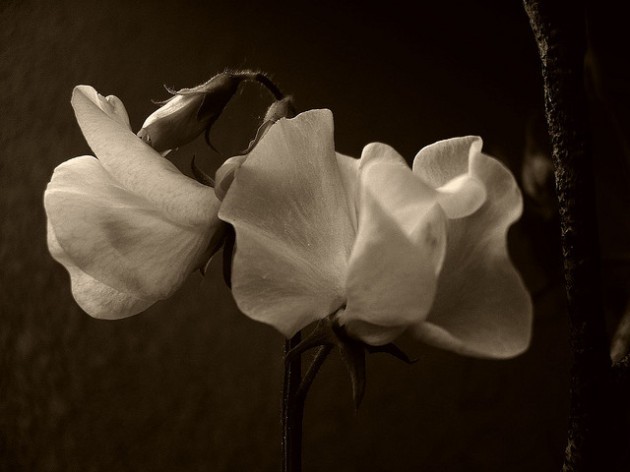
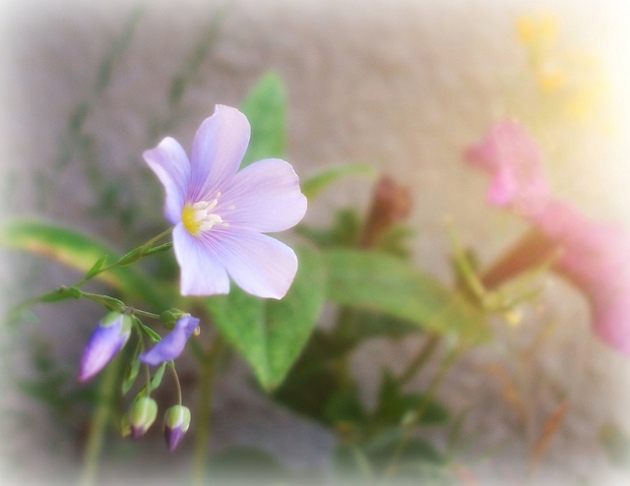
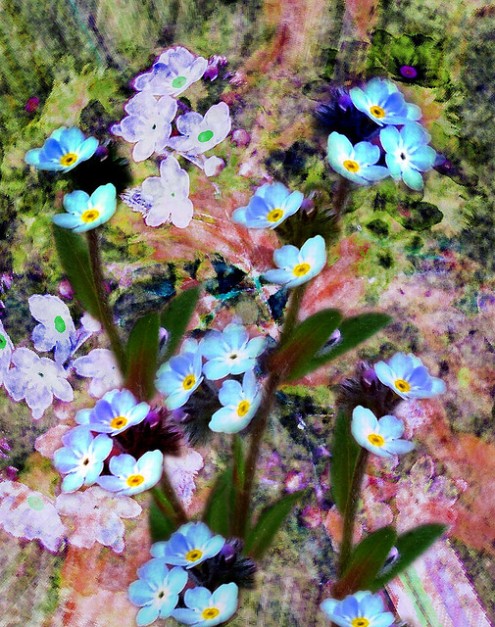

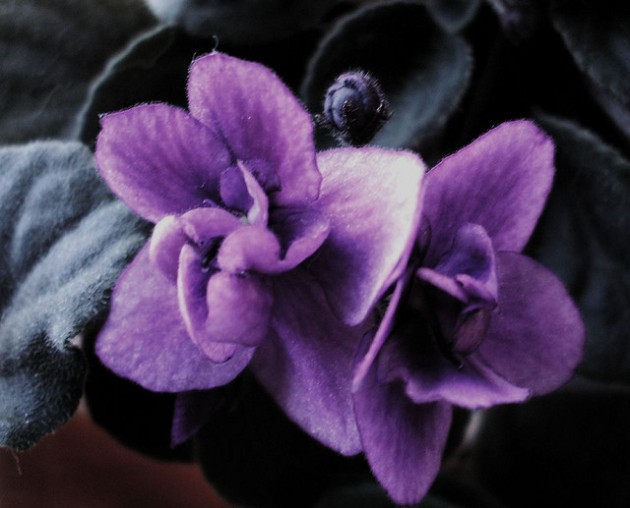
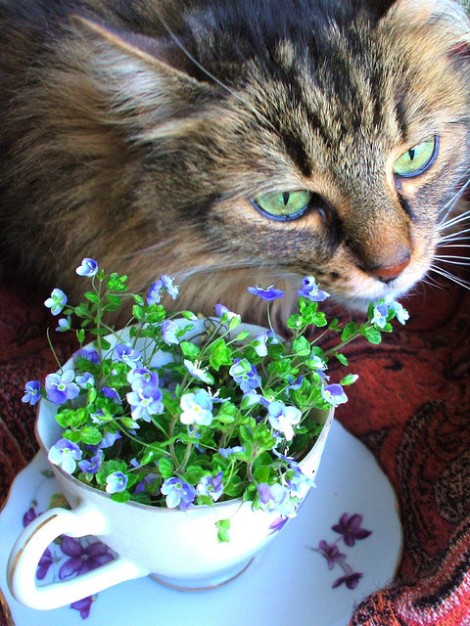




![20170123050651-f09370cbed.[gif-2-mp4.com] 20170123050651-f09370cbed.[gif-2-mp4.com]](https://live.staticflickr.com/428/32472212275_9af8805d25_m.jpg)


